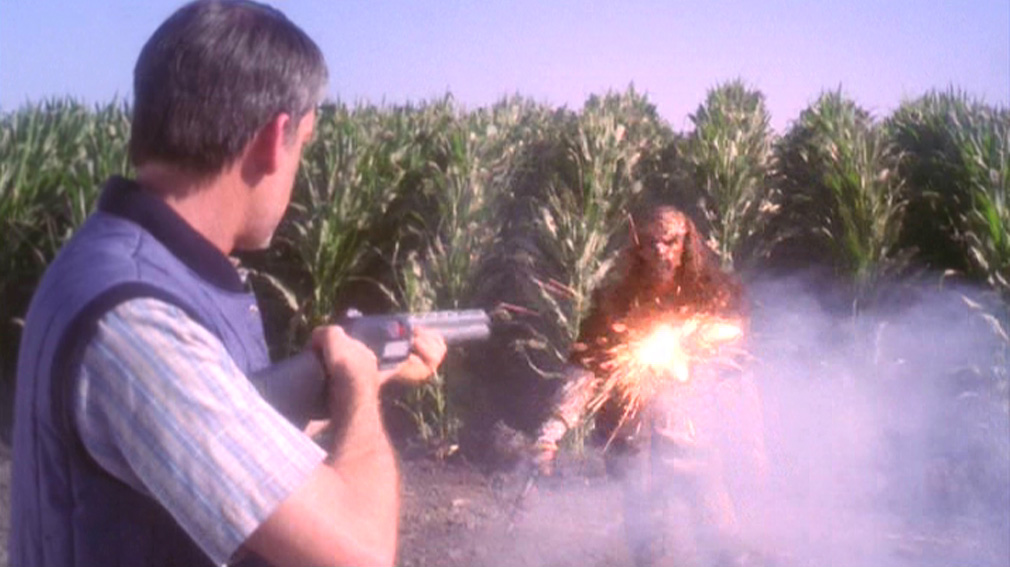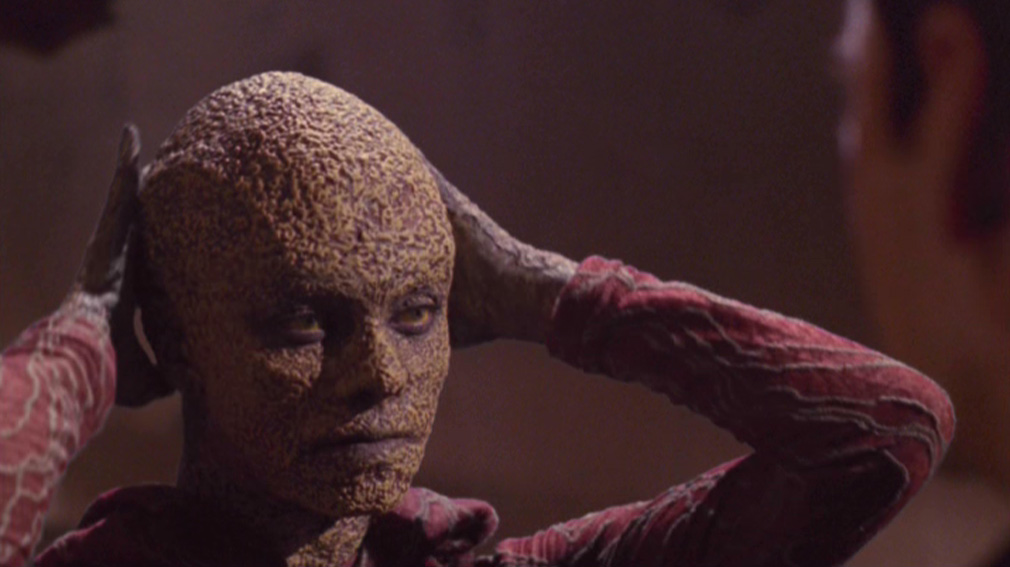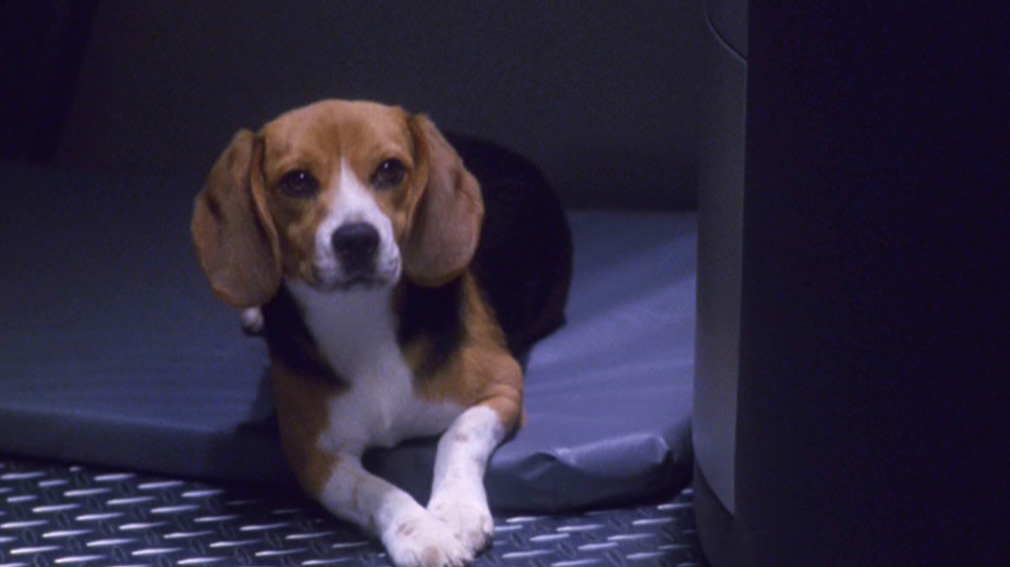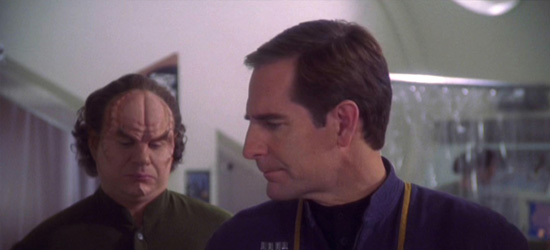
The Enterprise happens upon a disabled ship carrying two Valakians, a pre-warp race that has ventured out into space to look for a cure to a deadly epidemic. Archer and Phlox agree to help and travel to the Valakians’ planet. Phlox spends a couple days looking into the matter and encounters the Menk, a sort of sub-species (subservient but living without issue with the Valakians) who aren’t affected by the disease. The Menk are also evolving. Phlox eventually finds a cure, but learns that the Valakians are dying because of genetics, and he can’t ethically justify altering the natural evolution of the planet, which might be positioning the Menk to be the world’s dominant species. He tells Archer, who initially objects. But, later, Archer comes to Phlox and tells him that he realizes his job isn’t to “play god” and that he believes some sort of a “directive” will eventually come from Earth on these matters. Until then, he’ll just have to do his best.
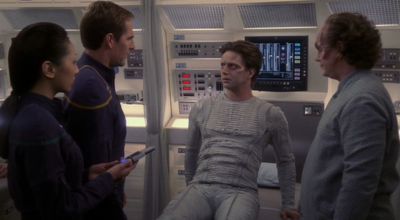
Why it’s important
Obviously, this episode paves the road for the eventual Prime Directive, a tenant of Star Trek so central to the franchise that the creators were smart to address it early in Enterprise. The first two seasons of this series often weren’t considered prequel enough for some fans, but this episode doesn’t warrant that criticism.
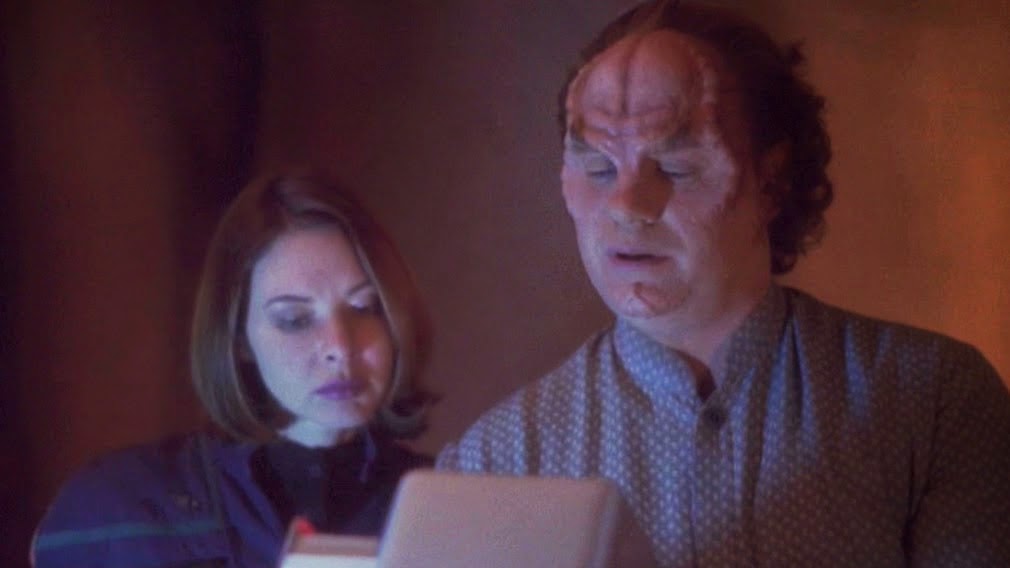
What doesn’t hold up
Nothing is truly problematic here, as this episode is probably Enterprise’s best first-season offering. I suppose you could argue that Archer’s final talk with Phlox — in which he uses the word “directive” — is a little on the nose, but I’ll let that slide, given the strength of the rest of the episode.
Final thoughts
While this episode would have been strong almost no matter what (thanks to the writing) John Billingsley as Phlox brings a great performance that makes this one of Enterprise’s best showings. The scene between Phlox and Archer in the mess hall is one of Enterprise’s strongest — it’s tense but respectful and truly helps flesh out the questions at hand. In a season full of moments in which T’Pol scolds or talks down to Archer, this “teachable moment” by the other alien voice on Enterprise really works.
The approach to this episode — Phlox describing the events while narrating a letter to a friend — works, too, as it feels very different than anything else in the first season. I was less excited by the subplot about Phlox potentially starting a romantic relationship with an Enterprise crew member, but it was fine and unobjectionable and sort of tied into the larger plot. Phlox as an outside observer wasn’t something that was a hallmark of the series, but it usually worked when it was used.
Coming later this week …
More Silik, more problems.

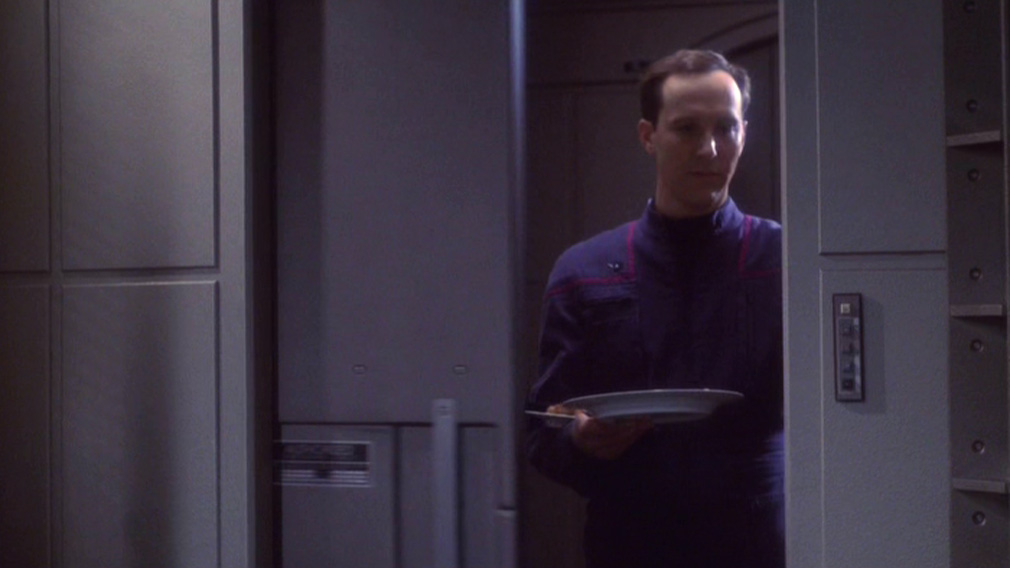
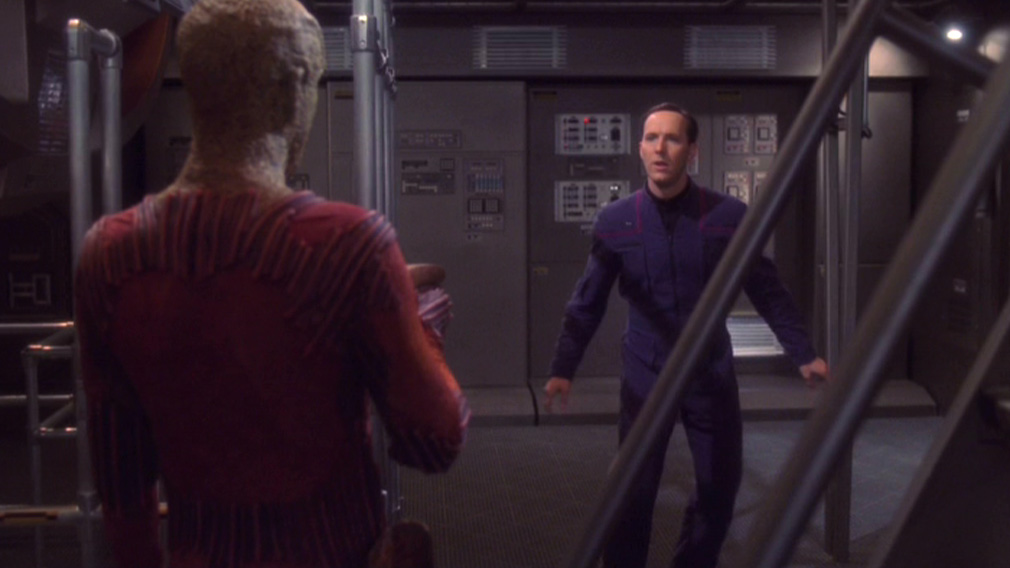
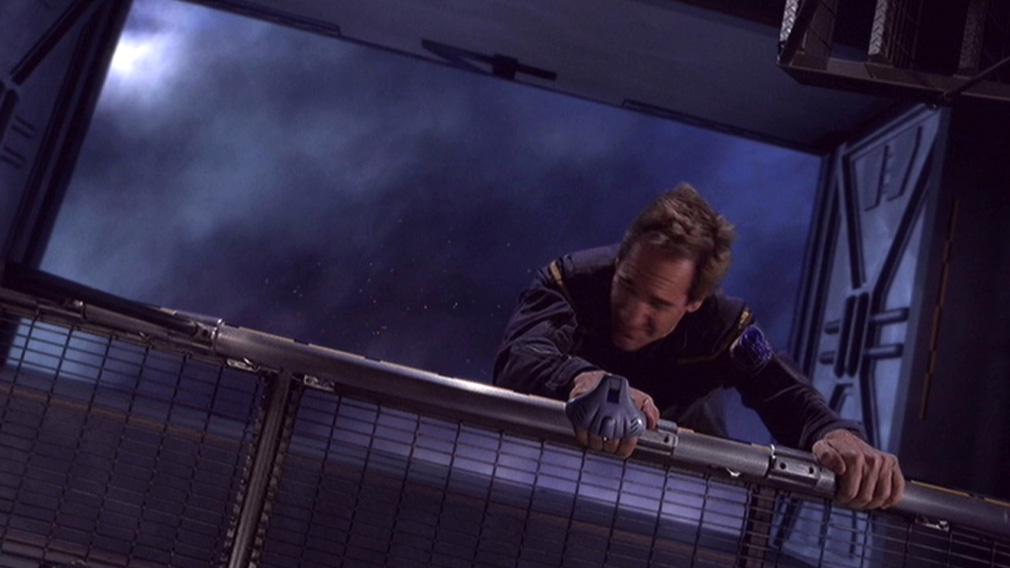
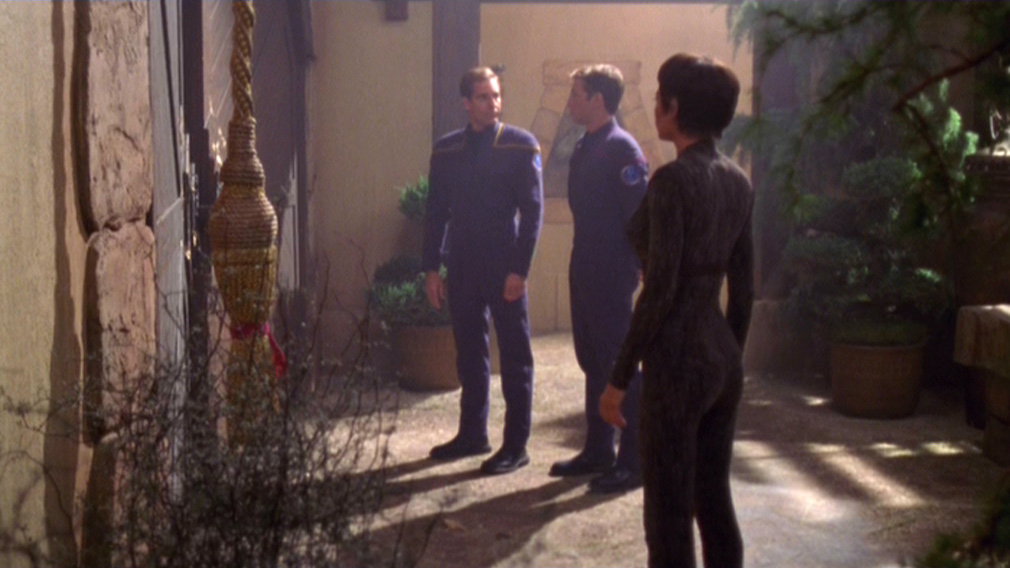
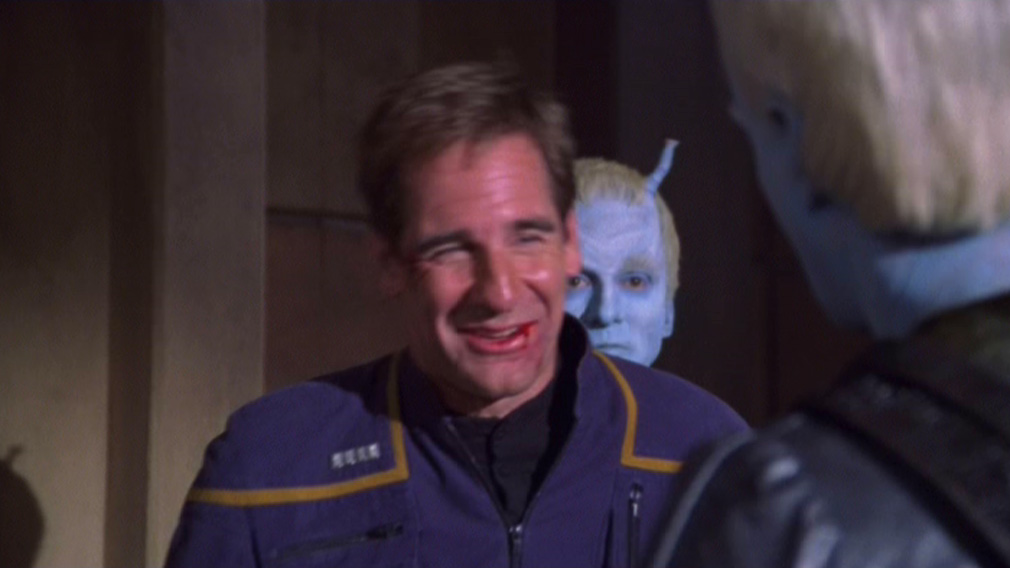
![Who wants to aimlessly mess with the balance of power? [Archer raises hand]](/wp-content/uploads/2016/02/theandorianincident_419.jpg)
